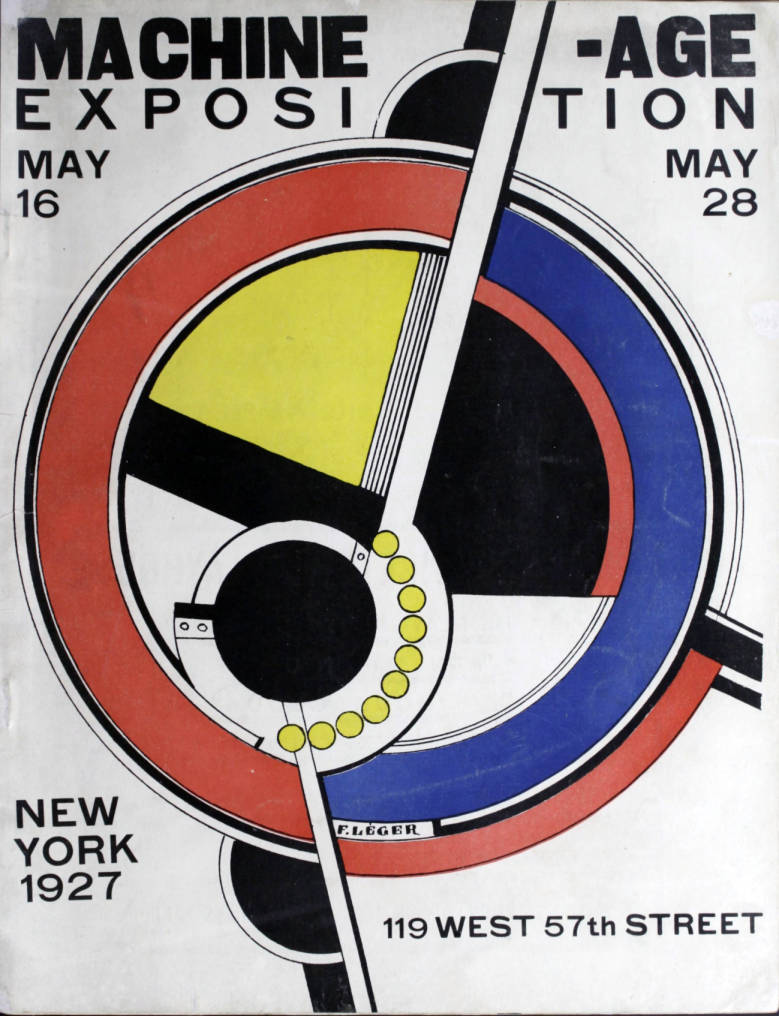Georges Perec: The Machine (1972/2009)
Filed under play | Tags: · algorithm, computing, machine, oulipo
One of Georges Perec’s Oulipian works, the radio play The Machine was written “in collaboration with his German translator and close friend, Eugen Helmle, in the heady atmosphere of the Saarbrücken literary circle that met at Helmle’s house. The Machine is an early example of writing inspired by the existence of modern computers (Perec’s other computer-simulation, a stage play entitled [L’Augmentation, appeared in English as The Art of Asking Your Boss for a Raise in 2011]). It pretends to analyze and recompose, demolish and then rebuild a short lyric by Goethe that is almost indescribably well-known to all speakers and learners of German. To do this, it uses pretty much all the rewriting devices invented to date by Oulipo, and at the outset of Perec’s apprenticeship to a group that included many scientists and mathematicians far more learned than he, it served as a kind of demonstration piece, or Meisterstuck. Its inventiveness, irreverence, and closing sadness has made it just about the best-loved and most frequently rebroadcast example of the Neues Hörspiel, the name given to the experimental reinvention of radio drama that was such a marked feature of German literary culture in the 1960s and 1970s. Perec is nothing it not international.” (from David Bellos’s Introduction to the Review‘s special issue)
First broadcast on 13 November 1968 by Saarländischer Rundfunk, Saarbrücken
First published in German as Die Maschine, Reclam, Stuttgart, 1972
English translation by Ulrich Schönherr
Published in Review of Contemporary Fiction 26(1), Special Issue on Georges Perec, 2009
61 pages (pp 33-93)
via lermontov
Review (M.A. Orthofer, The Complete Review, 2009)
Commentary (Florian Cramer, Words Made Flesh, 2005)
Commentary (Hans Hartje, 1997, in French)
Commentary on a live performance of the English translation (Third Angel, 2012)
Machine-Age Exposition, catalogue (1927)
Filed under catalogue | Tags: · architecture, art, avant-garde, constructivism, cubism, design, industrial design, machine


Poster, via Beinecke Rare Book & Manuscript Library
Exhibition catalogue of the Machine-Age Exposition, held on May 16-28, 1927, at 119 West 57th Street in New York, and advertised as the first event bringing together “architecture, engineering, industrial arts and modern art.”
The exhibition was initiated by Jane Heap of The Little Review, a New York literary magazine, and organised along with Société des urbanistes, Brussels; U.S.S.R. Society of Cultural Relations with Foreign Countries; Kunstgewerbeschule, Vienna; Czlonkowie Group Praesens, Warsaw; Architects D.P.L.G, Paris; and Advisory American Section.
The volume contains a panorama of European and American architecture and art, with photo documentation, and following articles: “Foreword: Architecture of this Age” by Hugh Ferriss, “The Aesthetic of the Machine and Mechanical Introspection in Art” by Enrico Prampolini, “Machine and Art” by Alexander Archipenko, “The Americanization of Art” by Louis Lozowick, “French Architecture” by André Lurçat, “Architecture Opens Up Volume” by Szymon Syrkus, “Machine-Age Exposition” by Jane Heap, “The Poetry of Forces” by Mark Turbyfill, and “Modern Glass Construction” by Frederick L. Keppler.
The artists committee of the exhibition included Alexander Archipenko, Robert Chanler, Andrew Dasberg, Charles Demuth, Muriel Draper, Marcel Duchamp, Josef Frank, Hugh Ferriss, Louis Lozowick, André Lurçat, Elie Nadleman, Man Ray, Boardman Robinson, Charles Sheeler, Ralph Steiner, Szymon Syrkus and L. Van der Swallmen.
Represented countries: “America”, Austria, Belgium, France, Germany, Poland and Russia.
Published in New York, 1927
44 pages
via Hagley Digital Archives
Commentary (E. B. White, The New Yorker, 1927): “That the machine is the tutelary symbol of the universal dynamism can be discovered at the Machine Age Exposition. […] Drawings, photographs, cubist and constructionist figures by reputable modern artists are side by side with cogs, motor boat propellers, Crane valves, insides of pianos and diving suits.”
Machine-Age Exposition at Monoskop wiki
Comment (0)Matthew Fuller, Andrew Goffey: Evil Media (2012)
Filed under book | Tags: · algorithm, art, artificial intelligence, business, code, computing, data, database, event, governance, information, interaction, interface, knowledge, labour, language, machine, management, market, media, media theory, memory, military, networks, philosophy, political theory, politics, power, programming, software

“Evil Media develops a philosophy of media power that extends the concept of media beyond its tried and trusted use in the games of meaning, symbolism, and truth. It addresses the gray zones in which media exist as corporate work systems, algorithms and data structures, twenty-first century self-improvement manuals, and pharmaceutical techniques. Evil Media invites the reader to explore and understand the abstract infrastructure of the present day. From search engines to flirting strategies, from the value of institutional stupidity to the malicious minutiae of databases, this book shows how the devil is in the details.
The title takes the imperative “Don’t be evil” and asks, what would be done any differently in contemporary computational and networked media were that maxim reversed.
Media here are about much more and much less than symbols, stories, information, or communication: media do things. They incite and provoke, twist and bend, leak and manage. In a series of provocative stratagems designed to be used, Evil Media sets its reader an ethical challenge: either remain a transparent intermediary in the networks and chains of communicative power or become oneself an active, transformative medium.”
Publisher MIT Press, 2012
ISBN 0262304406, 9780262304405
235 pages
Review: Nicholas Holm (Media Int’l AU, 2013), Neural (2013).
Evil media on Monoskop wiki
PDF (updated on 2024-4-13)
HTML (added on 2015-8-28)
See also YoHa, et al., Evil Media Distribution Centre, 2013.
Comments (2)

